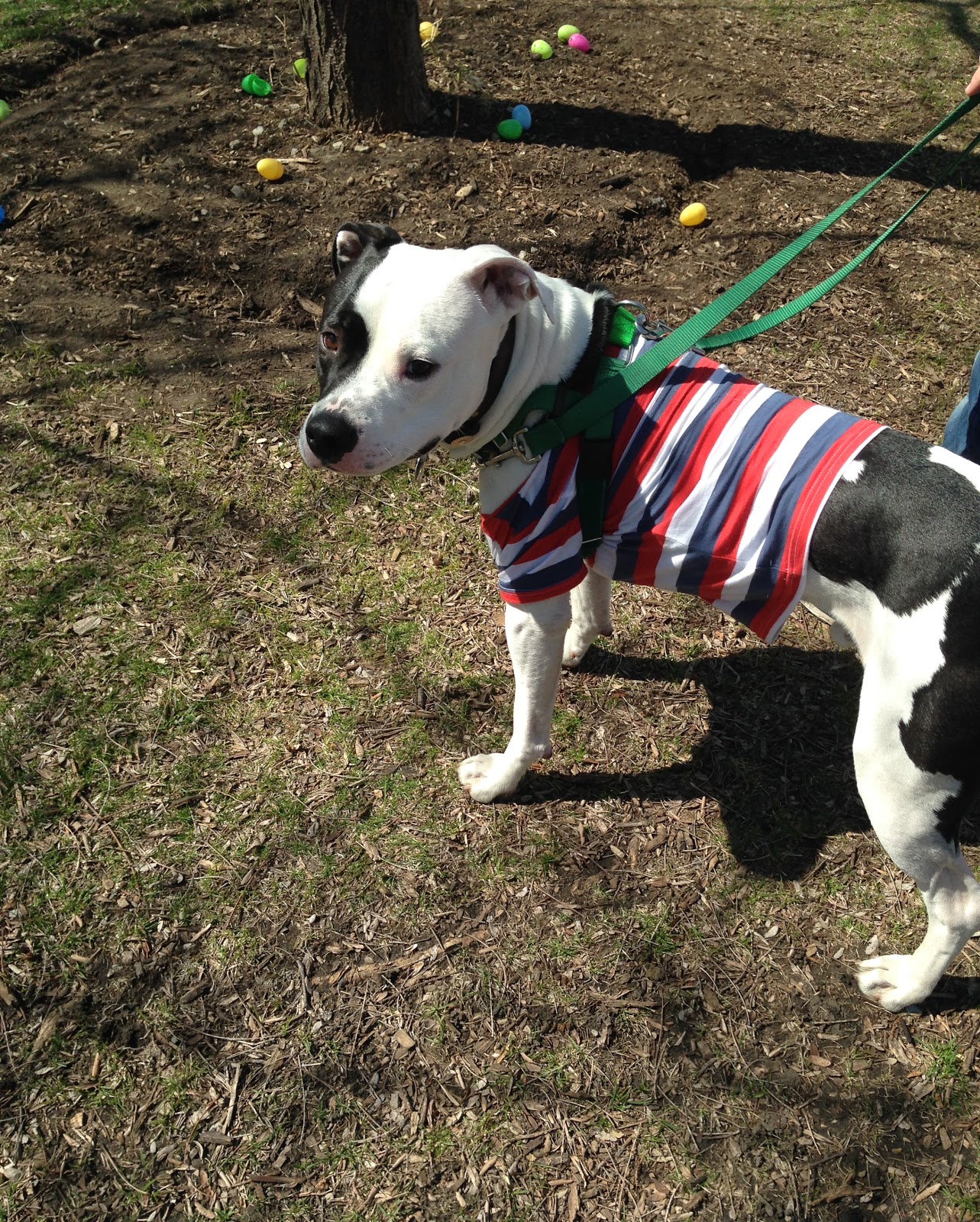I recently read a blog post from dogsoutloud.org that really hit home with me. I love reading up on stuff about Barry or other dogs. I like to learn what I can when I have the time. I've learned a lot about humanity (believe it or not) since adopting Barry. Many things became less important in my life and other things had greater significance.
The article I read can be found here. The post is appropriately called 'Leash Gremlins Need Love Too'. It's super informative and links to other very very helpful articles, blog posts, and information.
I can't add much to what they've put out there. Here is a section that I've copied straight from their post (with their permission of course). Read it and go to their blog.
To effectively work on reactivity with your dog, you need a solid understanding of three things:
-Threshold. This magical little word is used a lot but not always accurately understood. The best explanation we’ve seen comes from this post by Suzanne Clothier on understanding the stimulus gradient and keeping your dog in the “think and learn zone.” For those who like a visual illustration, Doggie Drawings created a good one.
-Dog Body Language. You can’t effectively use threshold if you don’t understand how your dog is feeling. Understanding and accurately reading dog body language is a critical missing component from a lot of training. Turid Rugaas’ book On Talking Terms with Dogs: Calming Signals is a good place to start, as is Brenda Aloff’s Canine Body Language – A Photographic Guide. As for many things dog, Lili Chin of Doggie Drawings offers some adorable illustrated cheat sheets, including one specifically on calming signals.
-Motivation. What is your dog reacting to and why? If you have not specifically and thoughtfully identified this, you are not ready to begin in earnest. Is your dog scared or threatened by another dog, person, or object? Is it a very specific subset or behavior from other dogs, people, or objects? Or is your dog friendly but frustrated at his inability to rush up and investigate? Is it a prey driven reaction? Does it only occur in a certain context? What role is the handler playing in the reaction and how is that impacting the dog? What is going to be rewarding for your dog in this training scenario and what skills can you offer him so that he can navigate the situation safely and successfully? The right trainer or behavior professional can help you answer these questions and put them in perspective regarding your dog.
This might not be very exciting if you don't have a dog with this particular difficulty. At this point Barry is doing amazingly well. We've worked with him and have given him so much patience that he's naturally just responding to our love and good handling.
Here Barry is with his new buddy Teddy. They hung out Easter weekend and Barry was amazing and mostly gentle with this little guy. Barry doesn't understand that he weighs 60 lbs more than Teddy but Teddy did well and held his own!
Thank you to those at Dogs Out Loud that allowed me to talk about and link to your post. I think it's important for pooch parents to read and understand a little more about their fur babies!







No comments:
Post a Comment